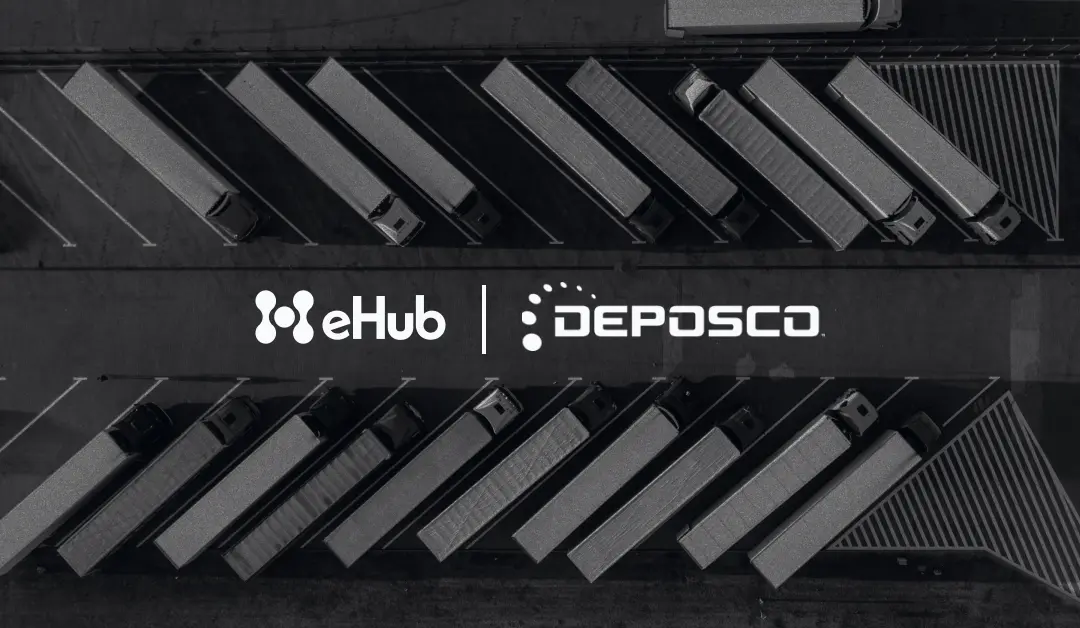If your team ships dozens—or even hundreds—of packages a day, manually handling each one isn’t just slow; it’s risky.
Delays. Missed pickups. Disorganized handoffs to the carrier.
That’s where batch delivery to carrier becomes essential. Whether you’re operating a warehouse or partnering with a 3PL, batching streamlines your outbound flow and ensures packages move efficiently from your dock to the carrier.
Let’s break down what batch delivery actually means, why it matters, and how platforms like eHub simplify it.
What Is Batch Delivery to Carrier?
Batch delivery to carrier refers to the process of grouping multiple outbound packages into a single organized handoff—typically paired with batch label generation and coordinated pickup or drop-off scheduling.
Instead of treating every package as its own isolated task, batch delivery allows fulfillment teams to:
- Print shipping labels in bulk
- Sort packages by carrier and service level
- Organize pickups and drop-offs more efficiently
Think of it as streamlining the “shipment of shipments.”
Why Batch Delivery Matters
If you’re still processing outbound packages one label at a time—or handing them off in small, uncoordinated groups—it’s easy to fall behind. Especially when:
- Carrier pickups are time-sensitive
- Your team is juggling multiple channels
- Delivery speed and tracking reliability matter
Batching addresses these bottlenecks and keeps fulfillment moving smoothly.
Key Benefits:
- Faster pickups and handoffs
- Less manual sorting and handling
- More organized outbound flow
- Easier end-of-day closure for your shipping team

How Batch Delivery Works in Practice
Here’s what a typical batch delivery workflow might look like:
- Group Orders
Orders are filtered by carrier, service level, or client. - Print Labels in Bulk
A shipping platform generates all labels for the group in one workflow. - Sort and Stage Packages
Boxes are physically grouped by carrier and staged for pickup or delivery. - Carrier Handoff
Packages are delivered to or picked up by the appropriate carrier in an organized batch.
Common Use Cases for Batch Delivery
- DTC Brands:
Running a product drop or promotion with high daily volume. - 3PL Warehouses:
Fulfilling orders for multiple clients across different carriers and time zones. - Carrier-Scheduled Pickups:
Streamlining handoffs to minimize driver wait times and shipping disruptions. - Same-Day Shipping Cutoffs:
Relying on speed and precision to meet end-of-day fulfillment goals.
How eHub Makes Batch Delivery Easier
Batching is only as efficient as the tools you use—and we built Ship to simplify high-volume fulfillment at every step.
Bulk Label Generation
Generate shipping labels across all major carriers in organized groups—saving time and reducing errors.
Organized Carrier Routing
Sort orders by carrier and service level automatically so your team doesn’t have to manually triage packages.
Multi-Carrier Support
eHub gives you access to top carriers like USPS, UPS, FedEx, and DHL—so you can ship smarter from one place.
Tracking Visibility
Easily monitor which batches have gone out and what’s still pending—especially helpful for growing ops teams.
Batching brings structure to shipping—and eHub helps you scale it without friction.
Final Thoughts: Batch Better, Ship Smarter
In high-volume ecommerce or 3PL environments, outbound shipping can quickly become chaotic without a clear system. Batch delivery to carrier creates a smoother handoff, reduces mistakes, and helps your fulfillment team keep pace with growing demand.
At eHub, we help brands and fulfillment partners automate batch processing, centralize label creation, and move faster every day.




